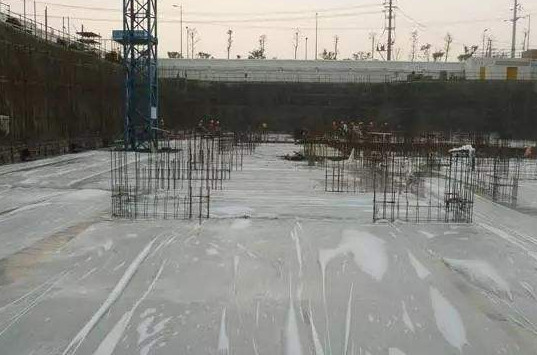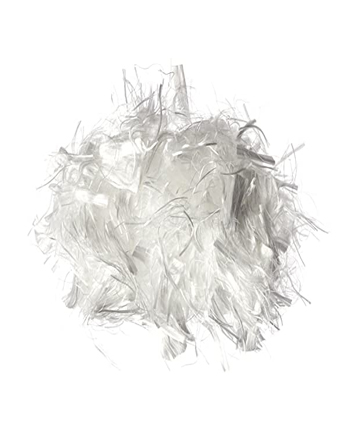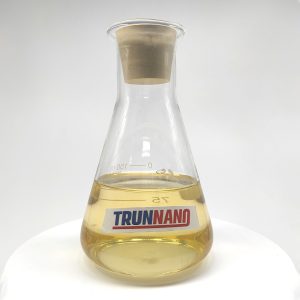Professional solutions on concrete addtives, Concrete Foaming Agent, Superplasticizer, CLC Blocks Additives, and foaming machine
(Main factors influencing the foaming concrete: foaming agent, cooperation, cement, additives and environment)
Foaming agent:
The concrete foaming agent mainly affects the foam volume, foam stability and fineness, etc., and also affects the foaming cost, especially the foam volume and foam quality.
1. The foam production per unit mass of the foaming agent (foaming multiple) is mainly determined by the quality of the foaming agent. Although the foaming machine also has a certain influence on foam production, the key effect is the quality of the foaming agent.
2. Foam stability: The foaming agent determines the stability of the foam, and the foaming machine also has an influence, but the influence is relatively small.
3. The size of the foam diameter: The foaming agent has an effect on the size of the foam diameter (fineness), but it is not as large as the foaming machine.
4. Foaming cost: The Foaming agent has the greatest influence, and its price and dosage determine the foaming cost.
5. Foam water content: The foaming agent has a significant influence on the foam water content and together with the foaming machine, determines its bleeding rate.
Main influence factors of foam concrete:1. Cooperation ratio
If the foamed concrete is prepared only by using cement, the higher the strength of the cement used, the greater the strength of the foamed concrete. Generally, silica fume, fly ash, sand, slag and other mixtures are added together. The participation of mixed materials will cause the early strength of foamed concrete to decrease, but it will have no effect on the later strength. If the stimulator is introduced together, the loss of early strength can also be reduced to a certain extent. When sand is used as fine aggregate, it generally does not reduce the strength of foamed concrete, but it has greater benefits for volume reduction and stability.
2. Cement ratio
Only by analyzing the internal structural changes of foamed concrete the increase in cement ratio will inevitably lead to a decrease in strength. Many experiments have proved that when the cement ratio is added within a certain range, it will not only reduce the strength but also show an upward trend. This is because the preparation of foamed concrete has a foam mixing process. Suppose the foam needs to be uniformly dispersed in the system. In that case, the slurry needs to have excellent fluidity, and in order to ensure excellent fluidity, a higher water-cement ratio is required. Nonetheless, under the problem of reduced cement ratio, taking ideal actions can additionally ensure the exceptional fluidness of the concrete slurry and after that make high-strength foam concrete.
3. Additives ratio
The admixtures involved in foamed concrete mainly include foaming agents, water-reducing agents, and admixture initiators. As mentioned above, foaming agents have a greater impact on foamed concrete. A foaming agent with few side effects on the system, strong foaming ability, and high foaming strength must be selected. The main function of the initiator is an admixture that deteriorates the foam concrete. The early strength decline can reduce the fluctuation of the decline, but it will also reduce the resulting strength; the water-reducing agent can make the system uniformly mix foam and slurry with a lower water-cement ratio.
4. Environment
Foamed cement is susceptible to moisture. If the ambient humidity is too high, the moisture in the cement will absorb moisture from the air, causing the cement to slow down and affecting its strength and durability. Therefore, when using foamed cement, you need to pay attention to the environmental humidity and try to avoid using it in an overly humid environment.
Therefore, dry environments can also have an adverse effect on foamed cement. If the environment is too dry, the water in the cement will evaporate too quickly, which will also slow down the hardening and affect its strength and durability. Therefore, when using foamed cement, you need to pay attention to the humidity and temperature of the environment and maintain appropriate humidity and temperature conditions.
In addition, high temperature, low temperature and ultraviolet rays can also have adverse effects on foamed cement. High temperature will cause the water in the cement to evaporate too quickly, affecting its hardening speed and strength; low temperature will cause the water in the cement to freeze, affecting its hardening speed and durability; ultraviolet rays will decompose the organic components in the cement. Resulting in a decrease in its strength and durability. Therefore, when using foamed cement, you need to pay attention to the temperature and ultraviolet irradiation of the external environment and try to avoid use in environments that are overheated, overcooled, and have too strong ultraviolet rays.
Supplier
TRUNNANO is a supplier of CLC concrete with over 12 years experience in nano-building energy conservation and nanotechnology development. It accepts payment via Credit Card, T/T, West Union and Paypal. Trunnano will ship the goods to customers overseas through FedEx, DHL, by air, or by sea. If you are looking for high-quality concrete additives, please feel free to contact us and send an inquiry. (sales@cabr-concrete.com).
(Main factors influencing the foaming concrete: foaming agent, cooperation, cement, additives and environment)









